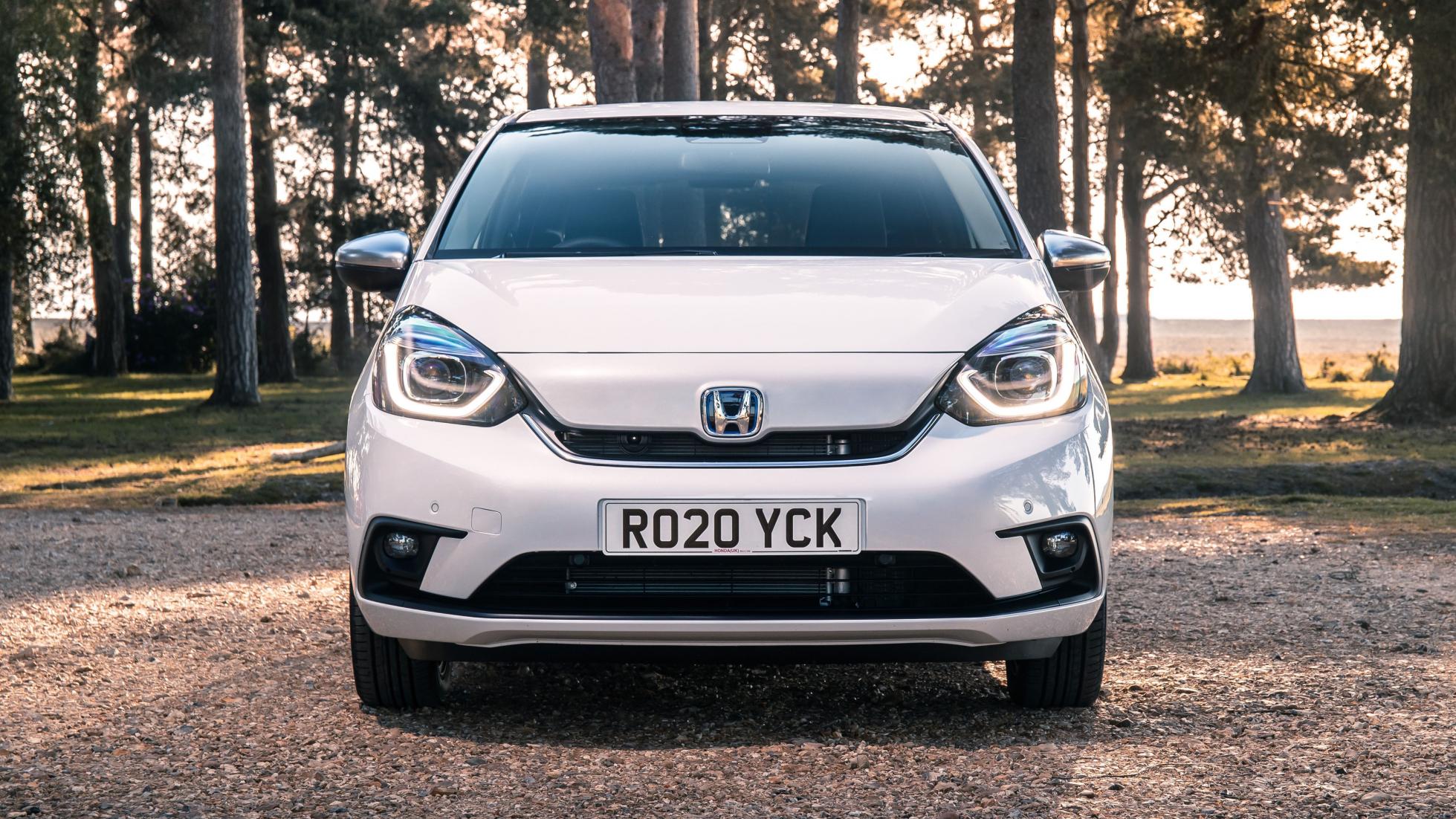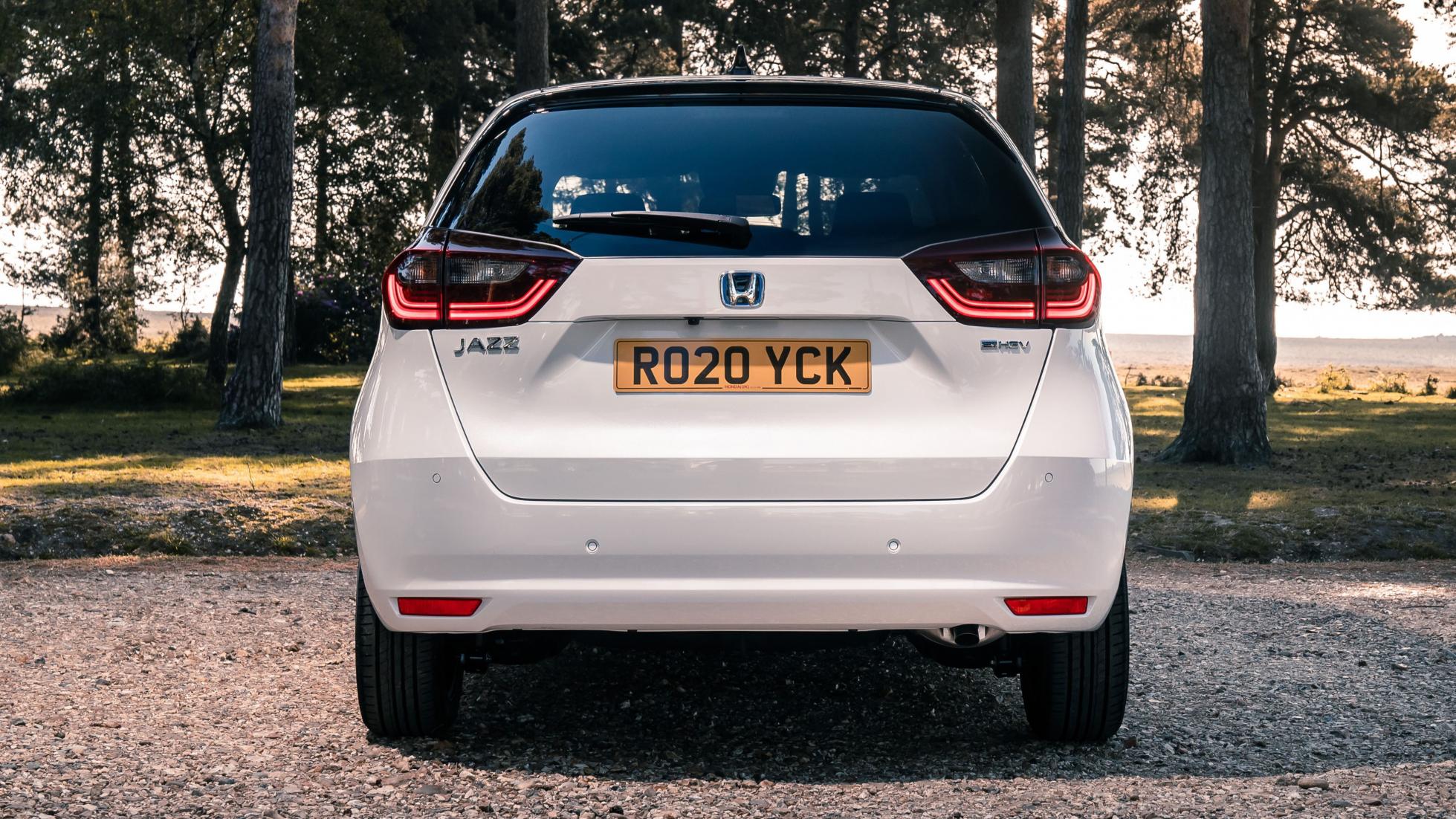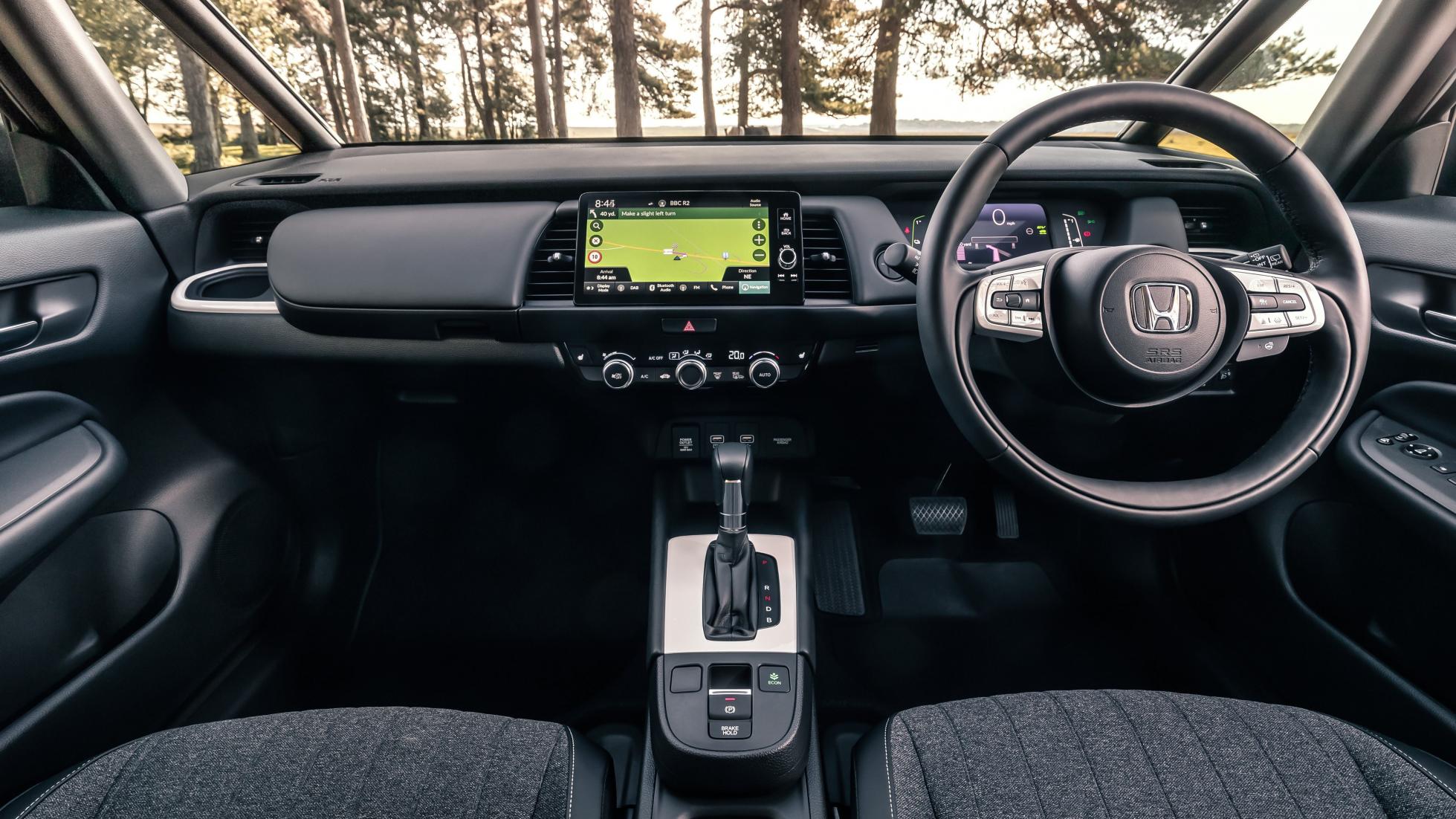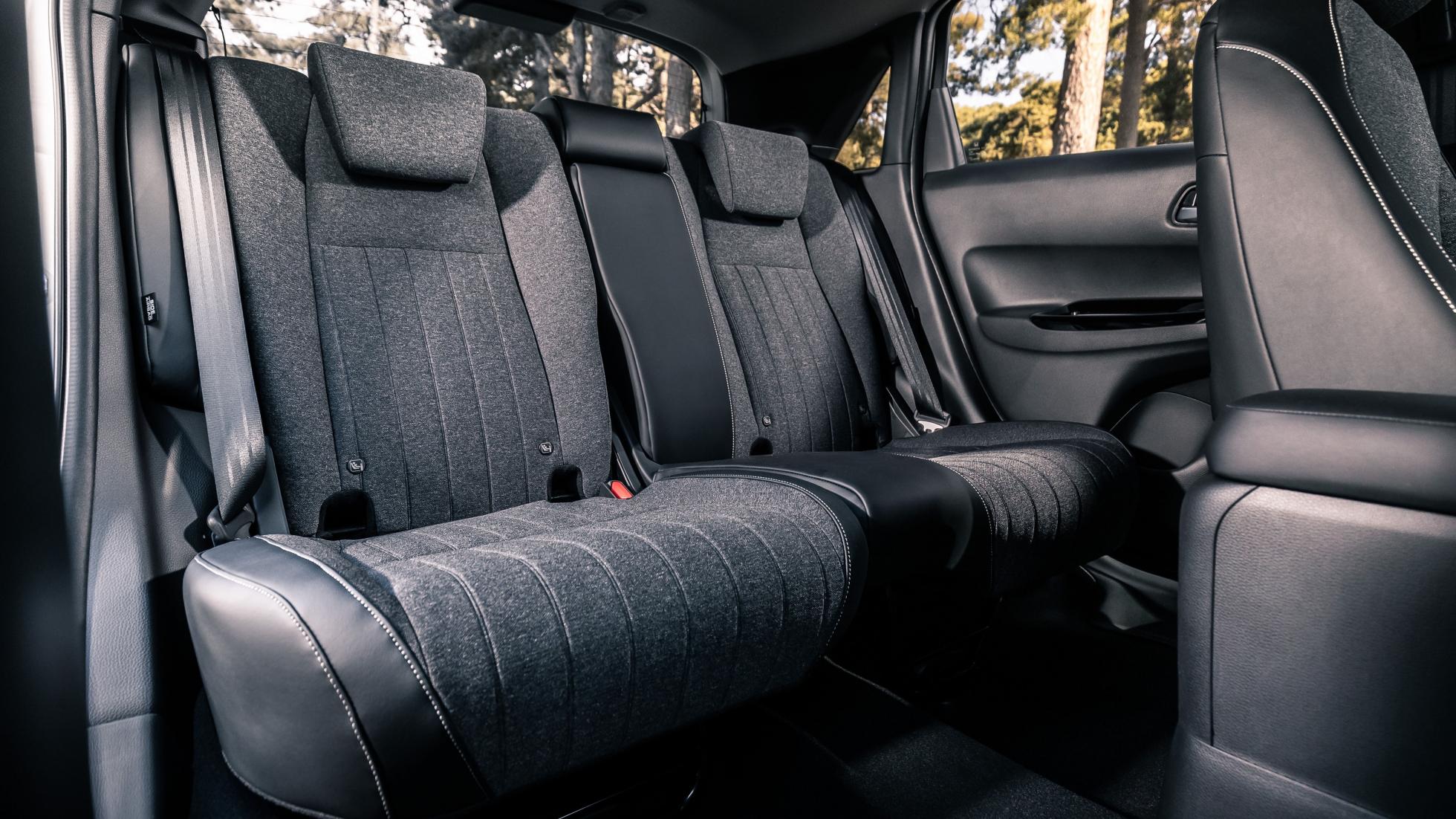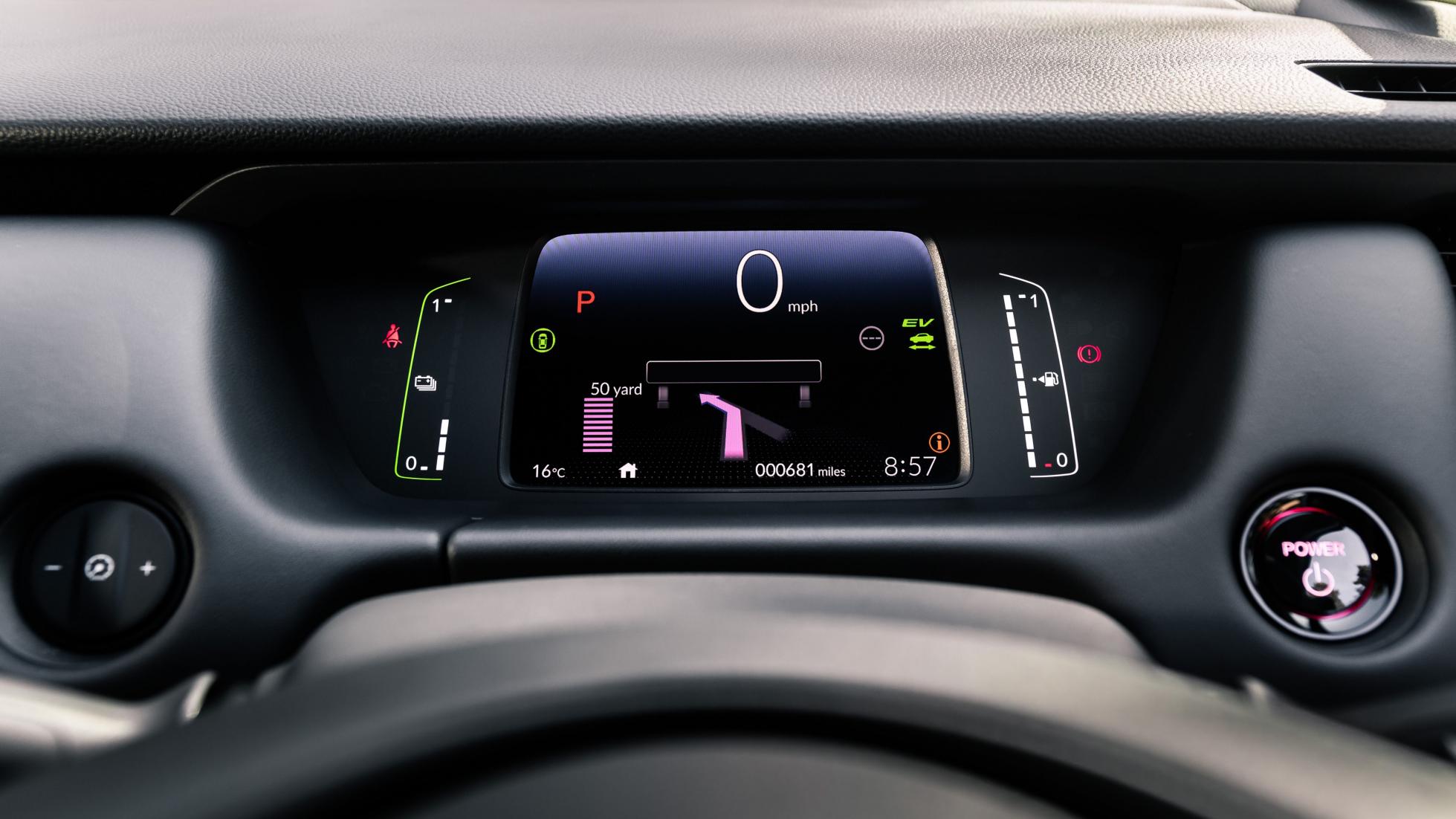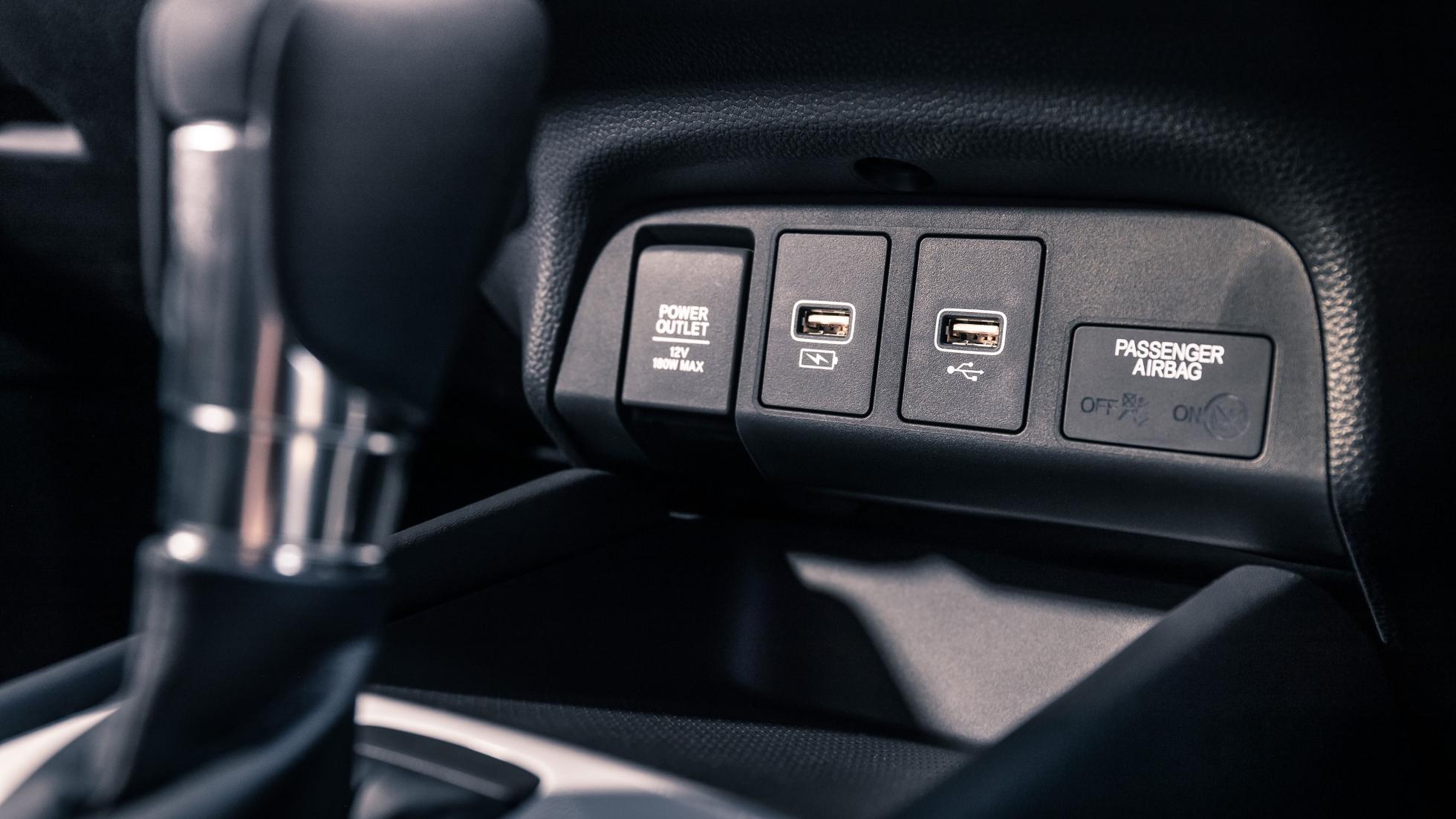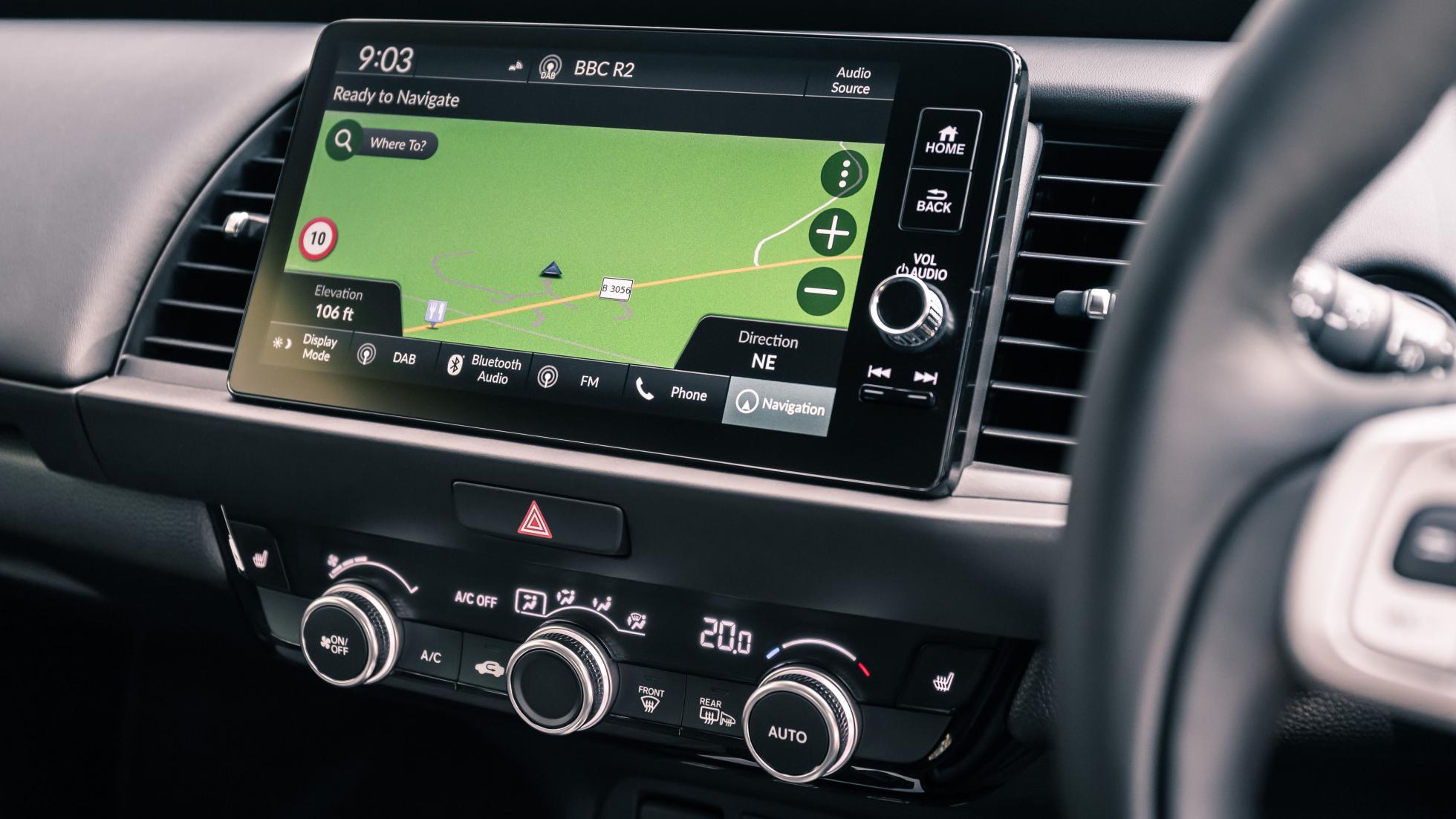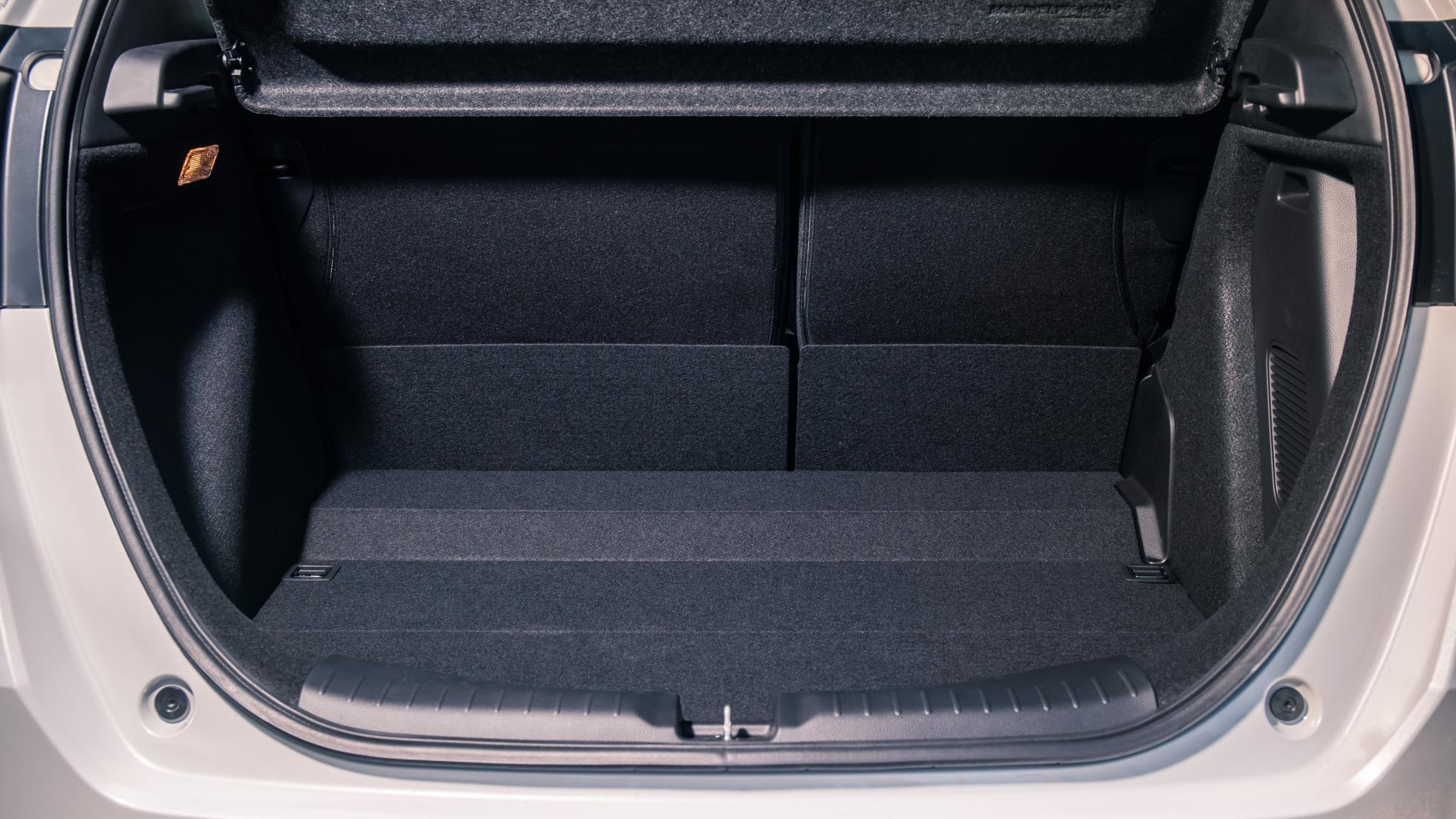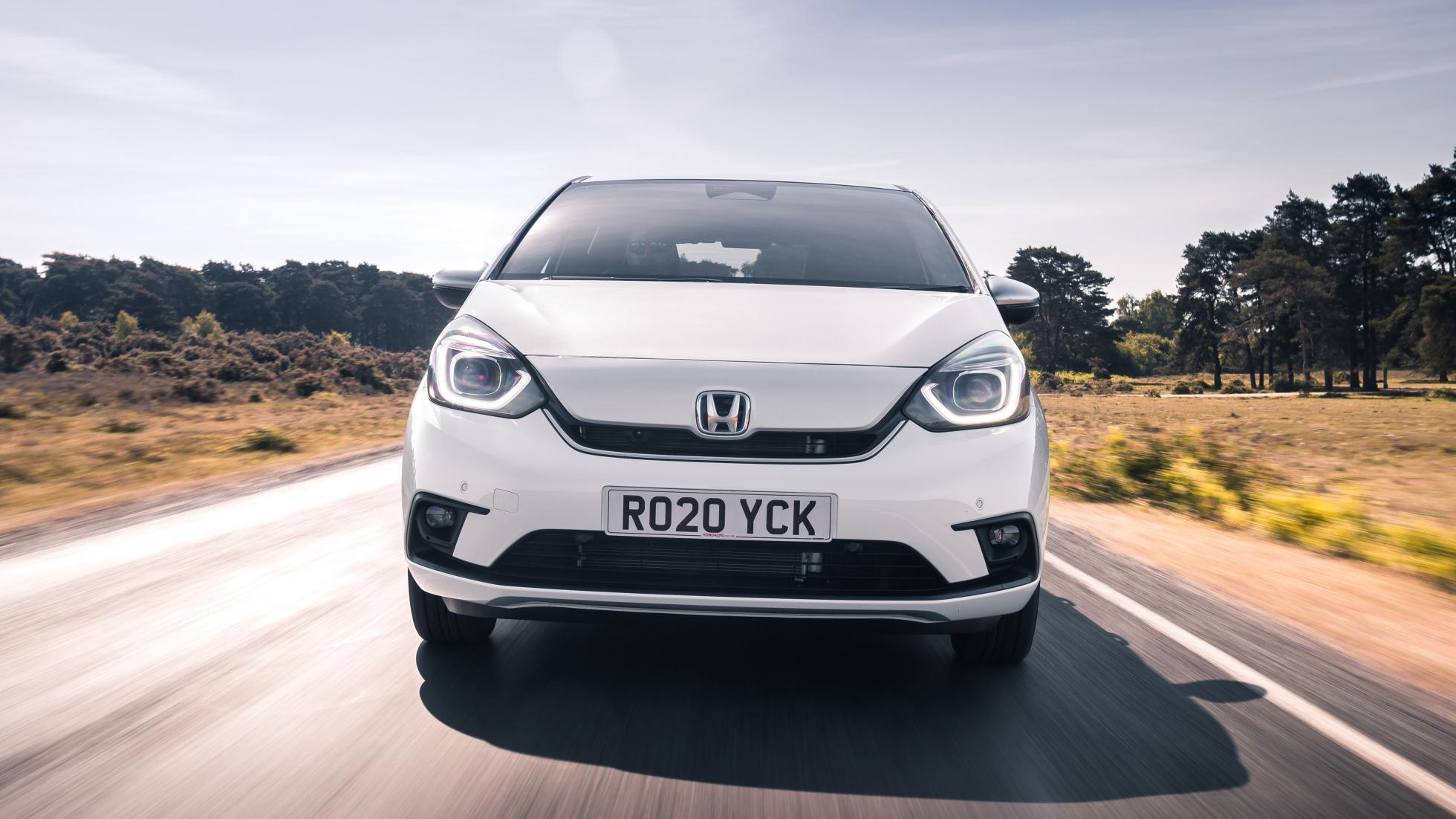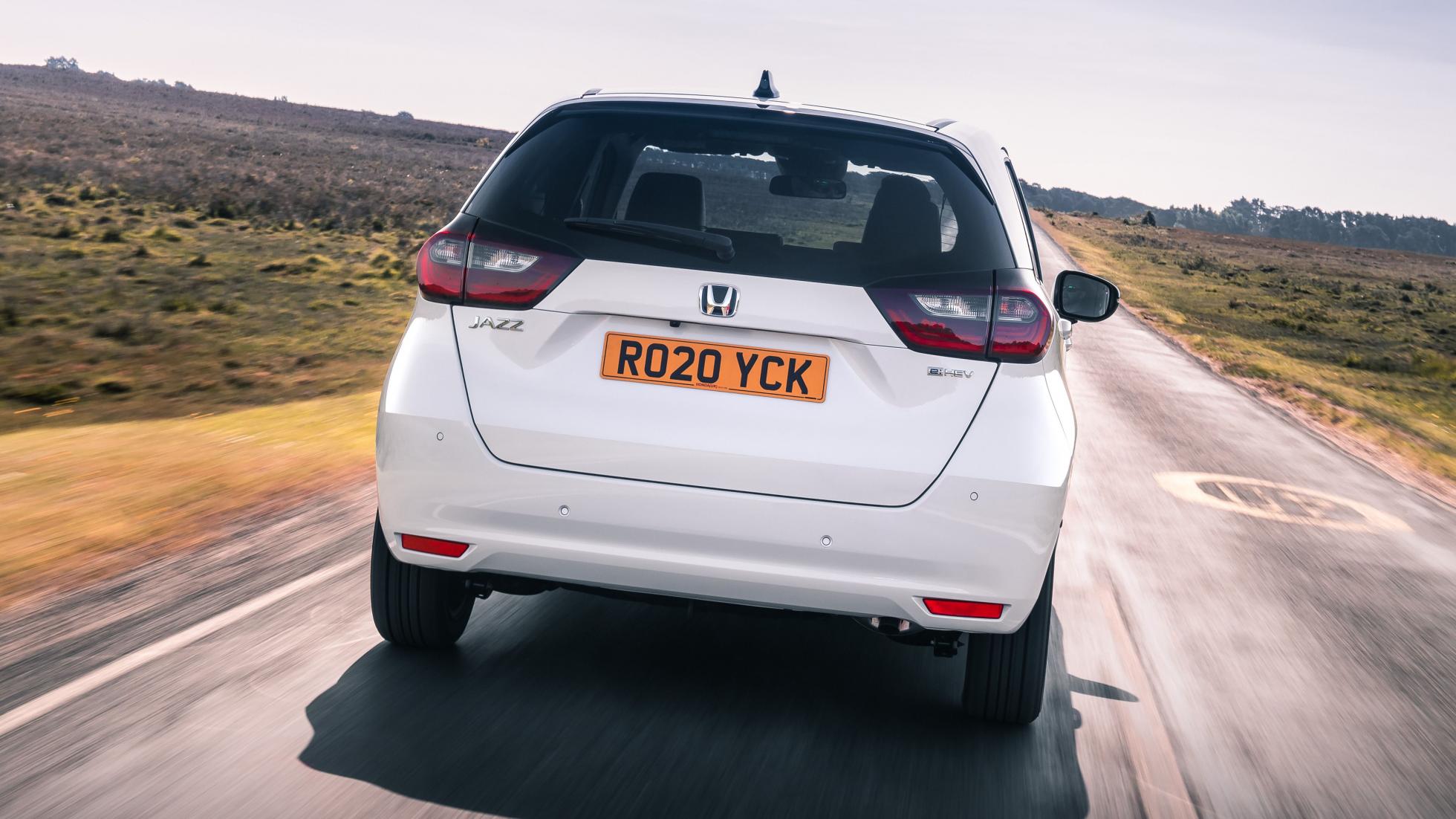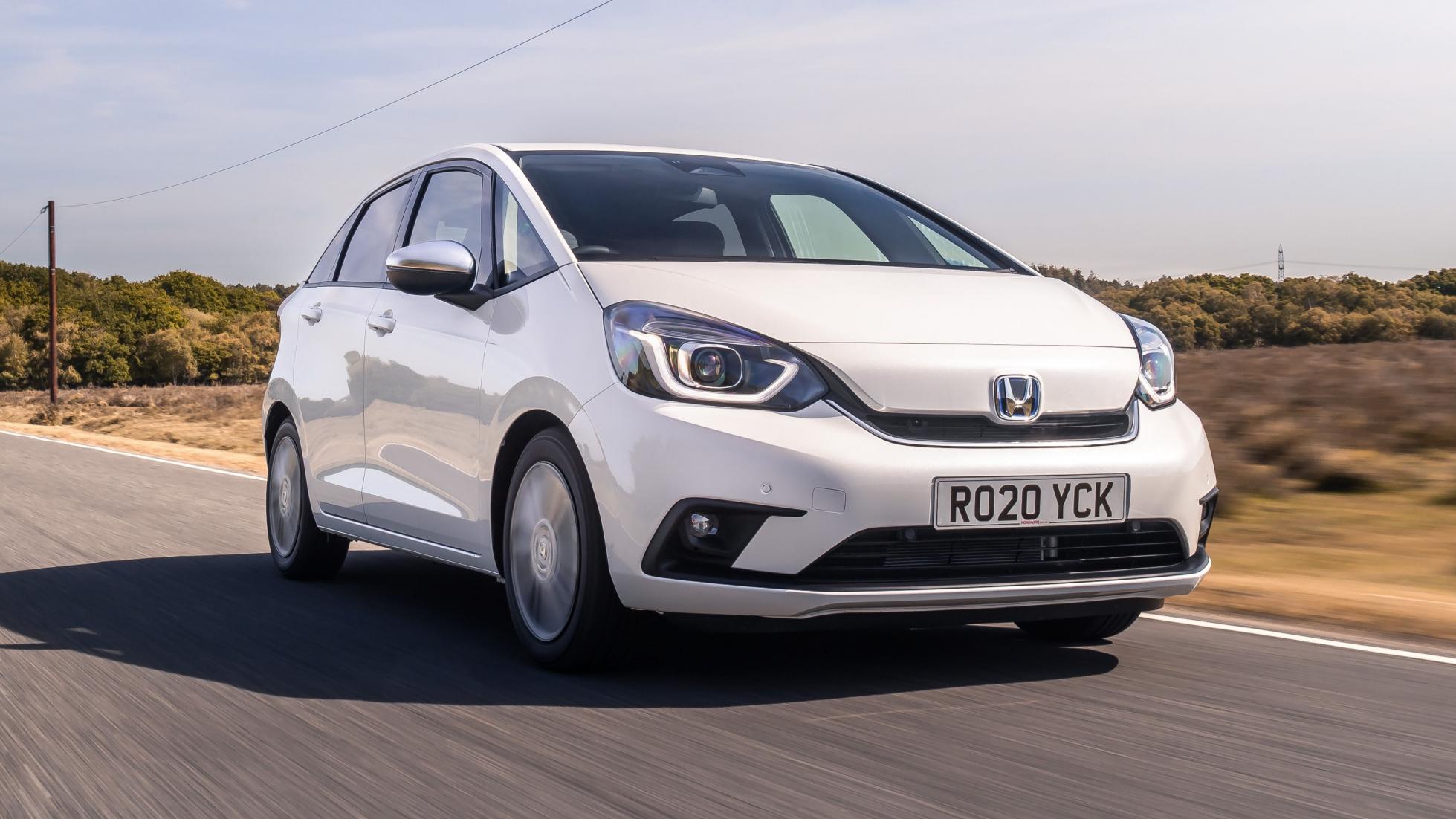Honda Jazz review: sensible, yes, but desirable?
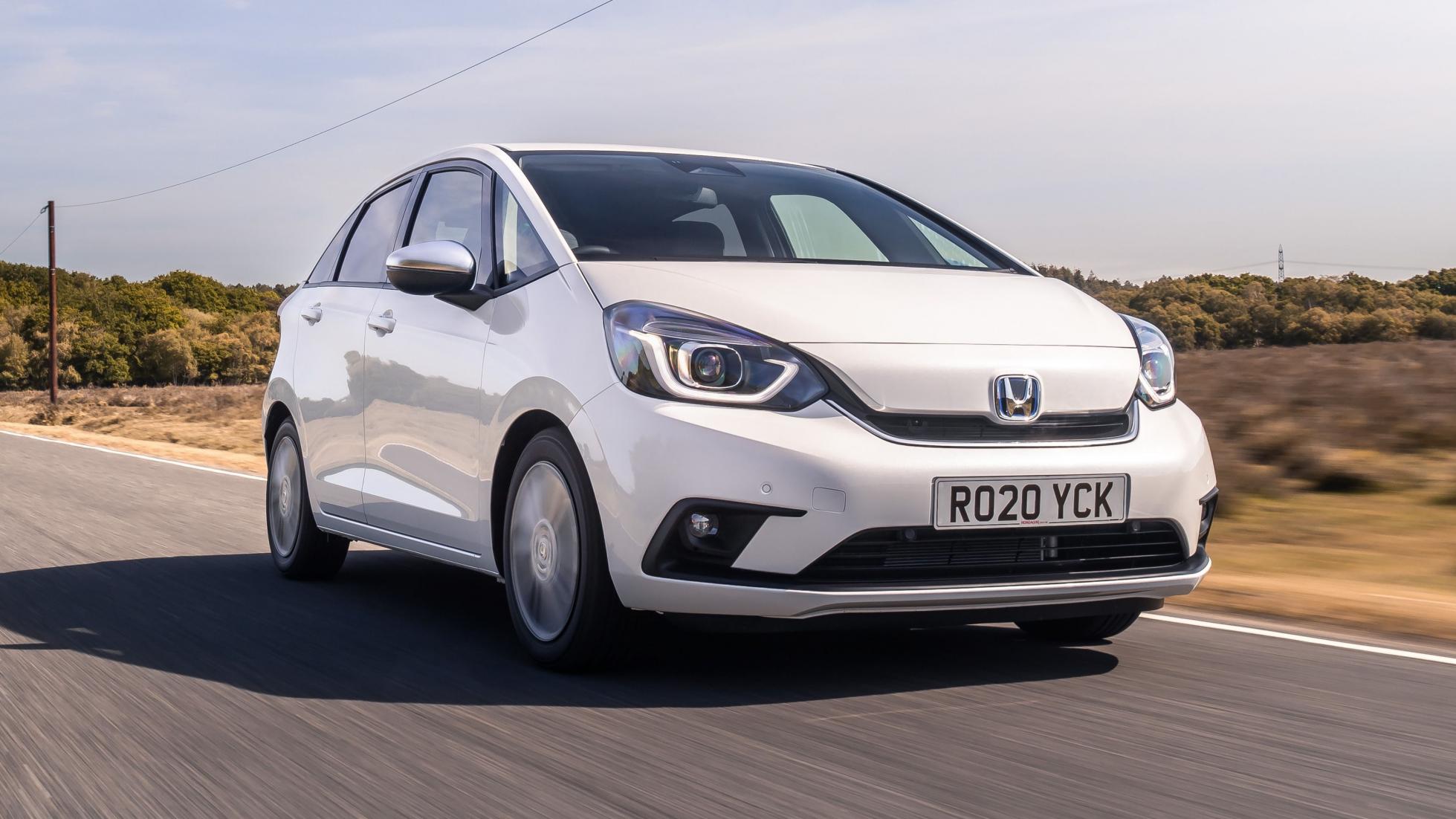
OVERVIEW - What is it?
The world’s most left-brain small car is back. This is the fourth generation, and it’s no great spoiler to say it’s unbelievably roomy, versatile, easy to get in and out of, and economical. If its predecessors are anything to go by, ridiculously reliable too. As sensible as the final-salary pension many of its owners seem to be equipped with.
But just to mix things up a bit, the new one has an all-new hybrid powertrain across the range. Which makes the range seem narrow: one engine, one power output, one transmission.
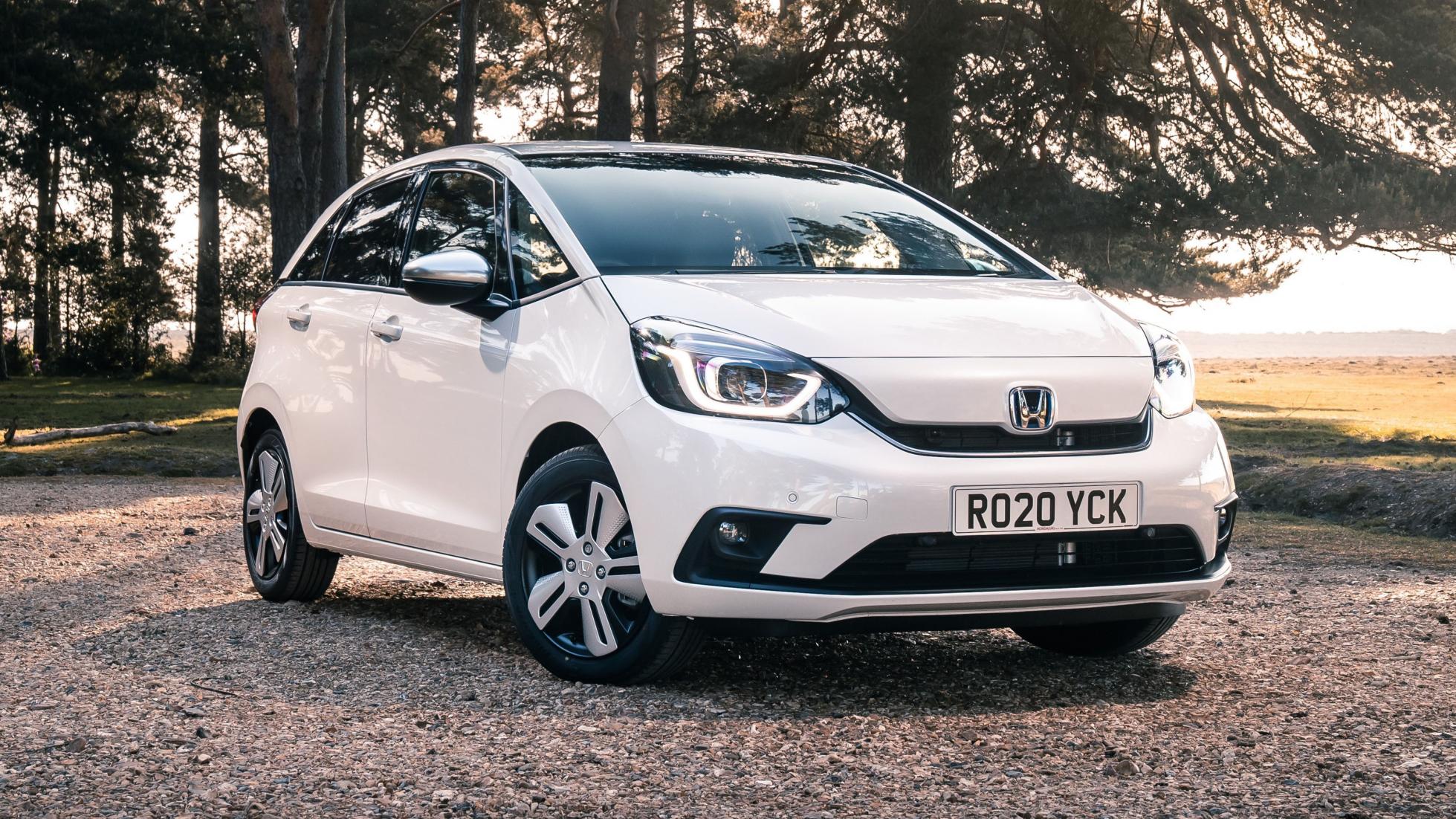
Sole curveball is the optional trim called Crosstar. Angry Macadam? It’s a raised-suspension version, with a small amount of plastic lower-body cladding, roof rails and water-repellant seat fabric. Handy, doubtless, for getting your surfboard down a stony track to a secluded beach. As owners will.
The body for this Jazz is slightly longer than before but still not that huge for a supermini. Which makes the space all the more of a miracle. It’s done by sitting you tall, like an MPV. The fuel tank lives where it always did in the Jazz, under the front seats, which frees up vacant space under the rear cushion. You can make use of that by hinging the cushion upward.
The dash shows, if you screw your eyes up, a hint of Honda e influence: an unornamented rectangle with some nicely textured padding.
In former Jazzes, the frontmost pillar was thick, making it hard to see out. This time, the main crash structure is on the second pillar back, so the front one is thinner and blocks your view less. So why didn’t they just move the base of the windscreen back?
The hybrid then. Honda has previous here, thanks to a thing called the NSX. But this works very differently. Differently too from the IMA hybrid Jazz of two generations back.
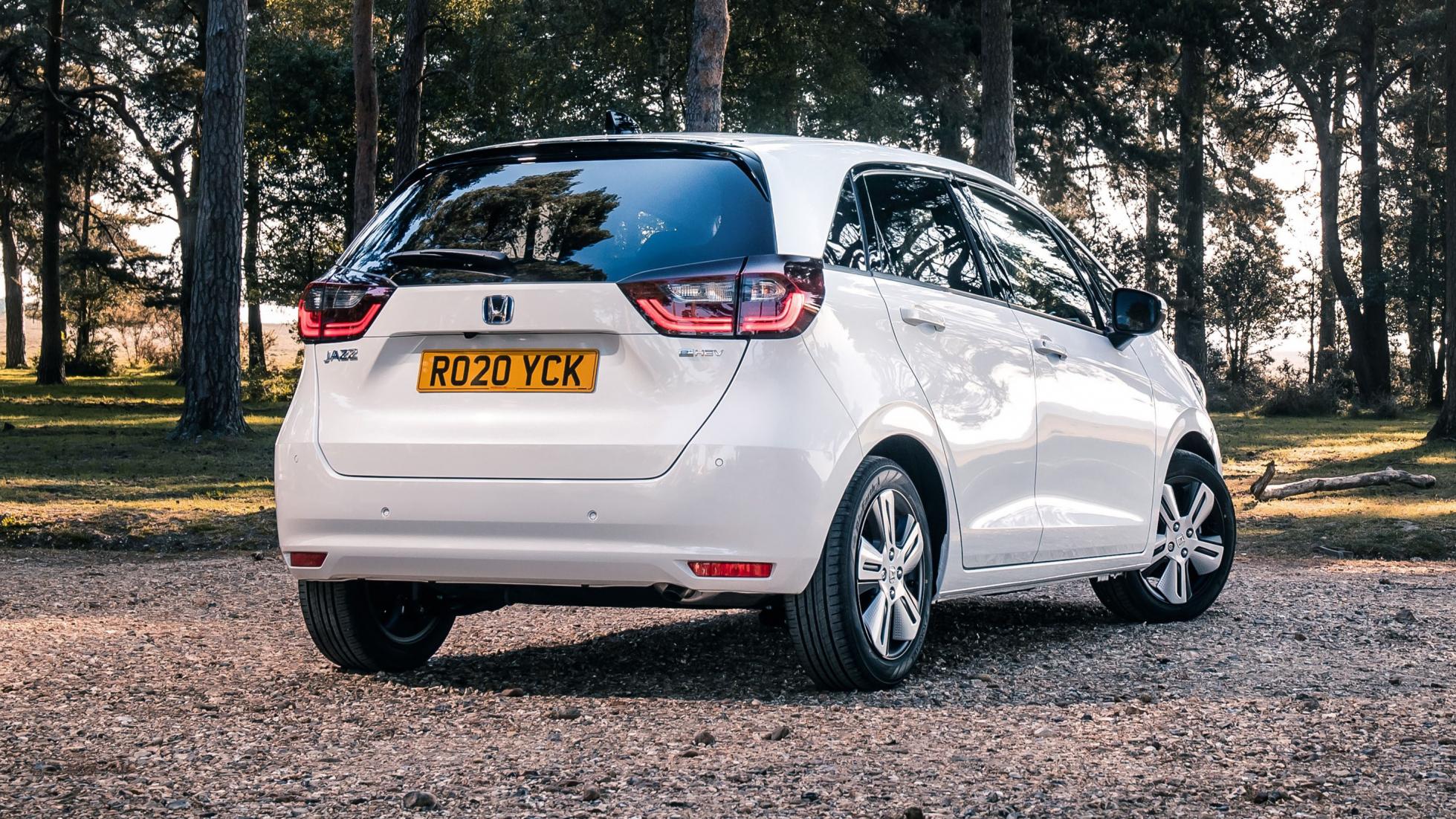
It’s the same idea as in the CR-V hybrid. Like a diesel electric train in principle: engine drives generator, generator powers motor, motor drives wheels. But while a train is either full-on accelerating or flat-out cruising, the car has extra tweaks to cope with lots of different states.
So the hybrid battery absorbs power when the engine has spare, so the engine (Atkinson-cycle, non-turbo, 1.5-litre) can be shifted to a load-rev point where fuel efficiency is more or less optimal. For brief flat-out spurts, the drive motor draws a bit extra from the battery.
Finally, there’s a lock-up clutch between the engine and the wheels, for direct drive at roughly motorway speeds. That slightly adds to overall efficiency by avoiding the round-the-houses trip of electric power. Other than that, no gearbox, nor yet a CVT in the conventional sense.
There you are then. Not your normal supermini. But do you want one? Read on.
DRIVING - What is it like on the road?
Most of the time (though of course not most of the miles) in town, the engine is off. Starting and stopping at low speed is heard but never felt. As speed varies, it aims either to be on and at efficient revs, or off. In a flat-out acceleration run to motorway speed, its revs rise and fall a bit as if through a multi-speed gearbox, but that’s just a bit of management trickery to give a sense of acceleration.
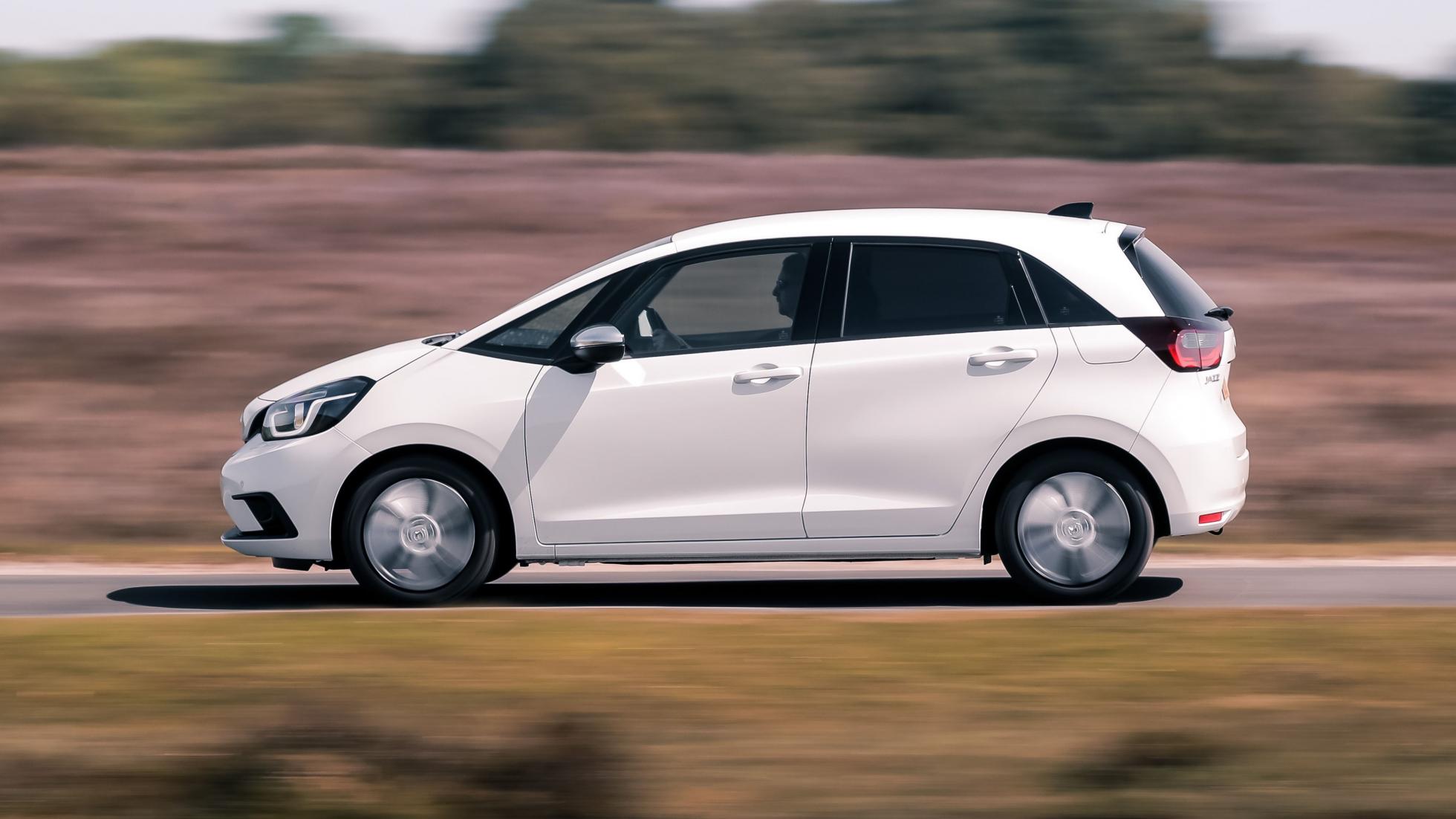
Through corners or roundabouts, the revs see-saw drunkenly. Anyway, whenever the engine is working hard it’s a bit of a rattly drone. And it doesn’t have the instant response of an EV. (Not sure why; they could surely have tuned it to feel that way.)
It is not, then, a powertrain from which you can expect to extract fun.
But acceleration isn’t too bad for a petrol car so economical: 0-100kph in the mid-nines. Certainly better than the engine’s 97bhp would imply, because of course when you floor it the battery is shoving in some help.
Anyway, while the Jazz is encouraging your right foot to treat things gently, the same applies to your cornering. It feels like a tall car, rolling onto its rear, and is guided by rather blurry steering. Strangely, the even taller Crosstar is nicer, its steering response and roll rate more harmonious.
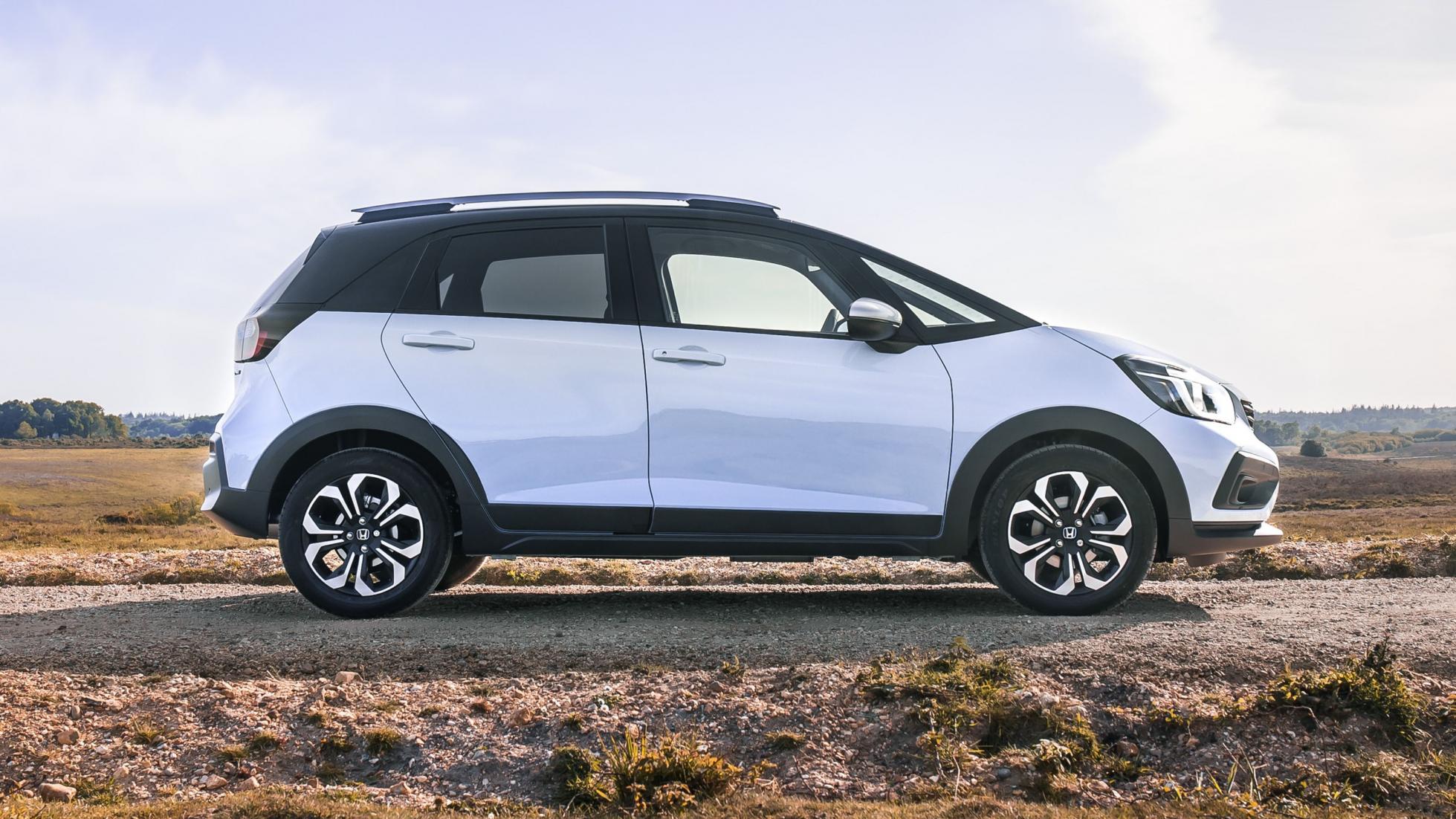
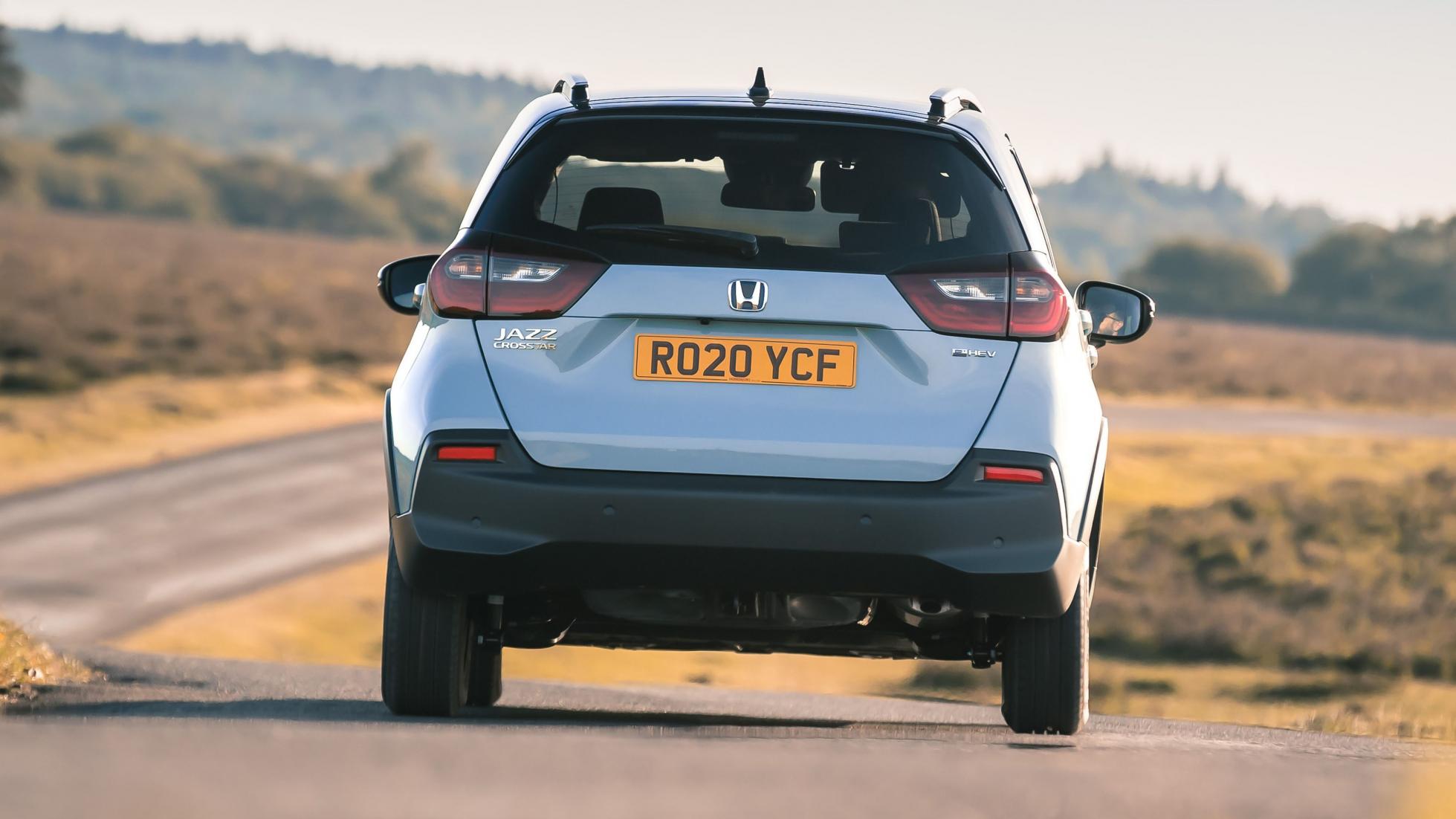
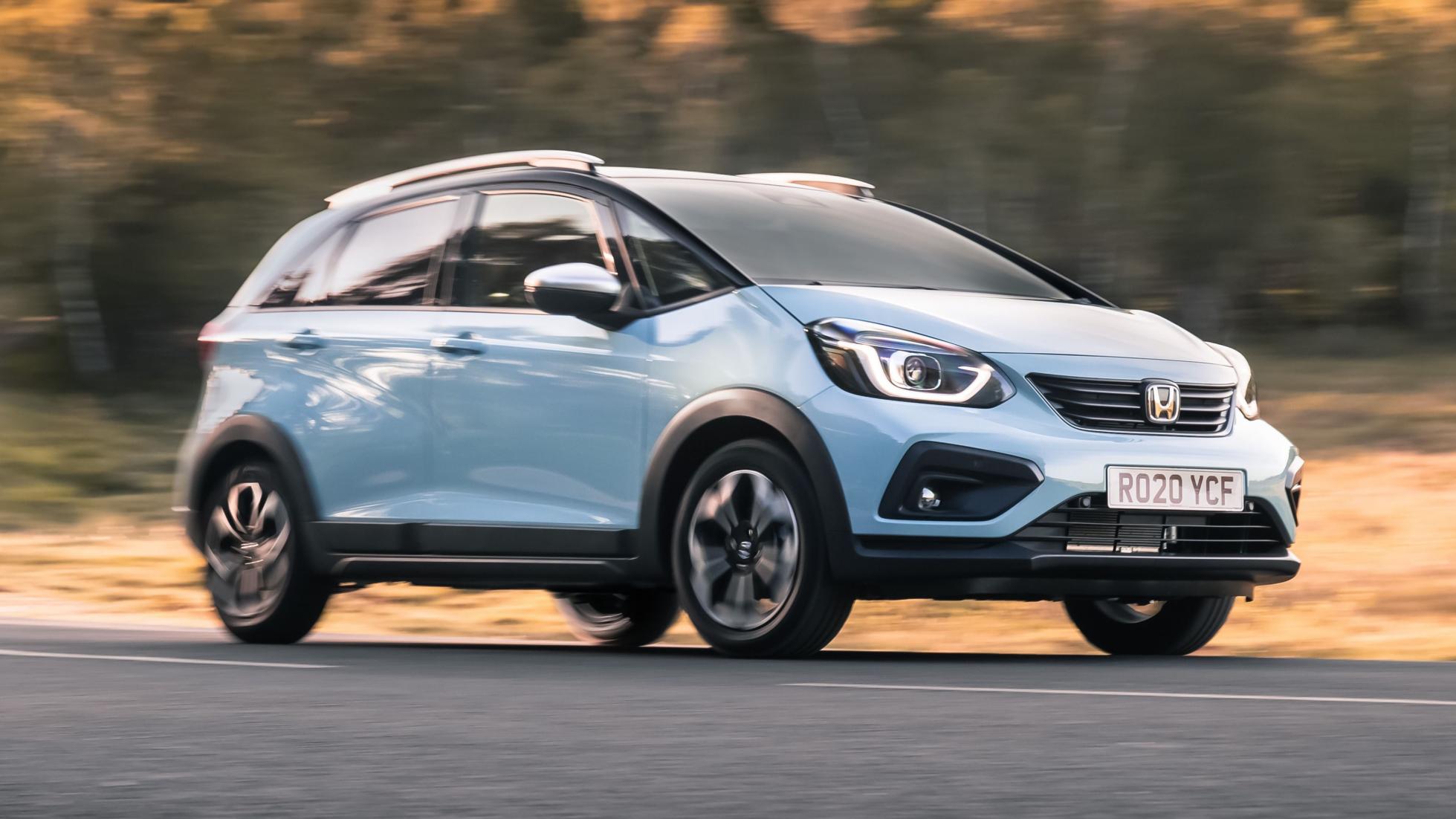
Honda Jazz Crosstar
The Crosstar also has a marginally softer ride; the basic Jazz can get fidgety, with a deficiency of mid-frequency damping that makes the chassis feel twangy.
No complaints about the brakes, which are more progressive than many in hybrids.
ON THE INSIDE - Layout, finish and space
The new Jazz is just as useful as the old, and far more appealingly furnished. A win.
The dash looks clean and uncluttered. It’s nicely trimmed too, especially on the Crosstar which has a band of cloth across it.
It’s spectacularly roomy for a small car, giving lie to the notion a family needs a crossover. Rear legroom is better than ever because the re-shaped fuel tank doesn’t impinge on foot room.
As ever, there’s masses of storage space including a pair of gloveboxes, and all that vacant air beneath the rear seats.
The driver’s instrument cluster is full of info, but it has a mish-mash of fonts and no discernible hierarchy of information, so it’s needlessly unclear. Oh and in sunny weather the flat dash-top badly reflects in the flat windscreen.
The central screen is better than the driver’s one. It looks decent, and runs phone mirroring, as well as some neatly designed built-in apps. Top specs get a Garmin-derived satnav.
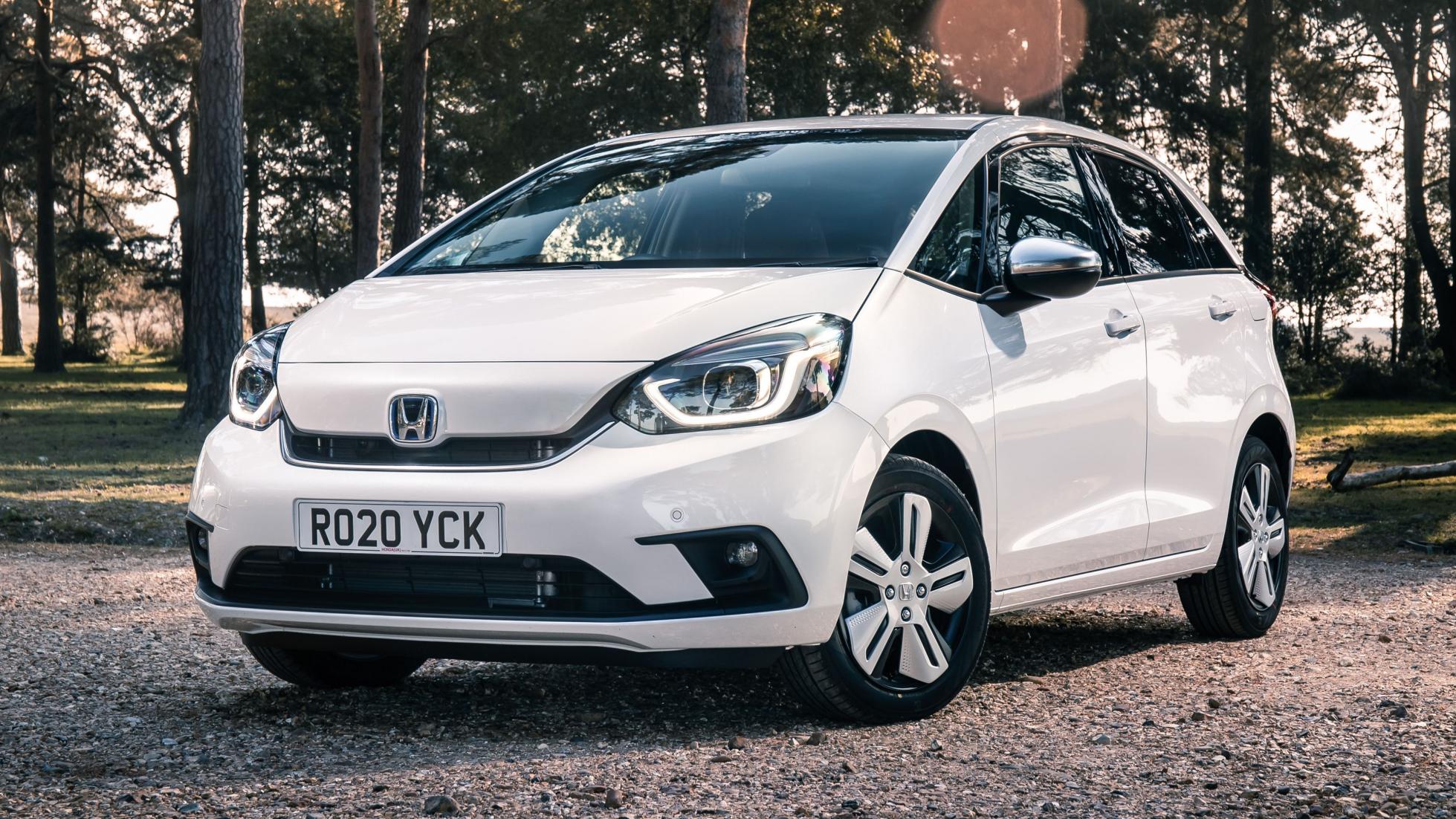
OWNING - Running costs and reliability
On fuel economy, the hybrid system certainly does its job. You’ll find 50mpg is on, even if you do a lot on motorways where hybrids traditionally fall down. On single carriageways or in town the 62mpg WLTP number is feasible.
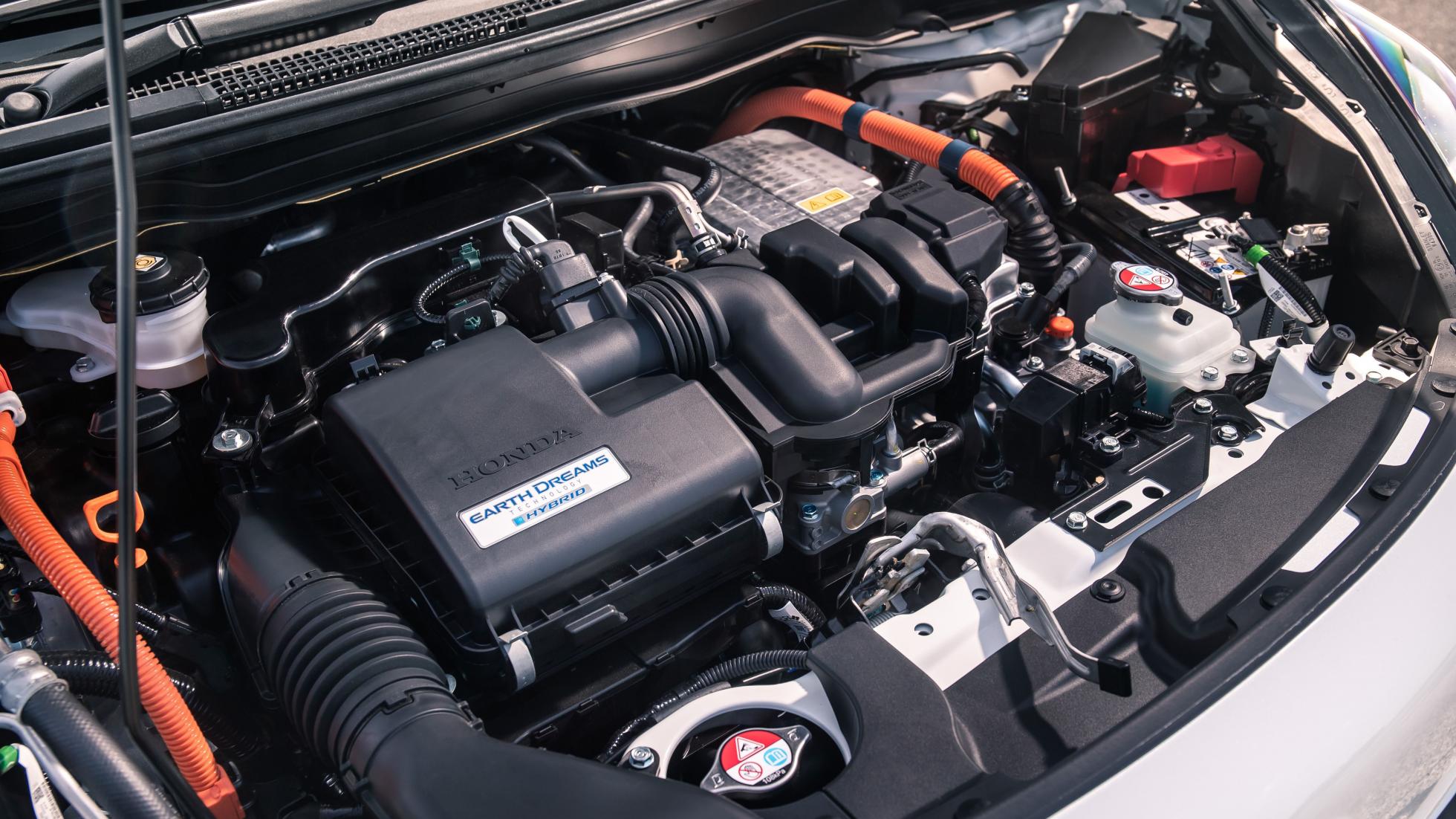
It keeps you safe. Lining the high-strength steel body is a panoply of safety assist, standard from base model up. That includes vehicle, pedestrian and cyclist detection, lane centring, radar cruise, road-edge sensing and LED headlamps.
Plus there are 10 airbags, including one that pops up between the driver and passenger to prevent them mashing into each other in a side crash.
If you can manage to drive it as far as 90,000 miles (144,841km) in three years, you’ll only just be exhausting the warranty.
The cheapest SE is a squeak under £19k (RM102k). A lot for a supermini, if not a lot for a super-roomy one with full hybrid drive. And the SE comes in on a launch PCP of £199 (RM1,024) a month over three years, if you put in a £4,417 (RM23,798) deposit.
The two-tone Crosstar is available only in top spec, at £23,850 (RM128,502).

VERDICT
You can absolutely confidently recommend the Jazz to a friend or family member who has no interest in cars. They won’t love you for doing so, but three years down the line they’ll still like you very much.
But would you want one yourself? Maybe not. However useful and dependable it is, the homely looks and dull drive turn us towards a bunch of other smart, fun superminis.
Words: paul Horrell

Unbelievably roomy, versatile, and easy to recommend. But would you want one yourself? That's a harder question...
| FOR | AGAINST |
| So sensible: useful, economical, safe, reliable | Is that why you fall in love with a car? |
| SCORE | 6/10 |
